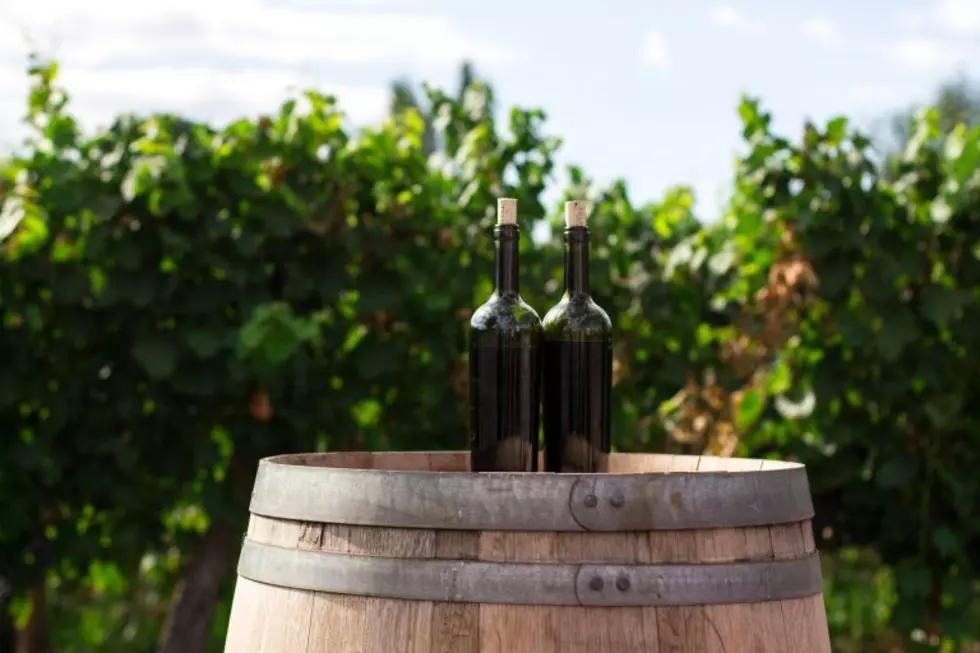
WSU: Grafting Can Help Prevent Verticillium
Researchers at Washington State University claim to have developed a methodology for grafting watermelon plants onto disease resistant root stocks in an effort to prevent diseases like verticillium wilt. Northwestern Washington Research and Extension Center Interim Director WSU’s Carol Miles said the disease is especially problematic in the Columbia Basin because it can be carried by one of the region's main host crops, potatoes.
"Fumigation is what would be used otherwise. So we can replace a chemical application with a biological application. Growers would have the benefit of disease control without having to apply a chemical."
Grafting watermelon for commercial purposes began in Japan in the 1920's. Outside of the United States, about 95% of watermelons are grafted worldwide. Miles said when watermelon plants are grafted onto disease-resistant root stocks it translates into one less pesticide.
"So what we're hoping in the next year or two that companies will start to use the method that we've developed. That hopefully will bring down the costs of the transplants, which will help our growers to gain access to them more affordably."
In the US, one of the main barriers to using grafted plants is the cost of the transplant.
If you have a story idea for the PNW Ag Network, call (509) 547-1618, or e-mail gvaagen@cherrycreekmedia.com
More From PNW Ag Network









